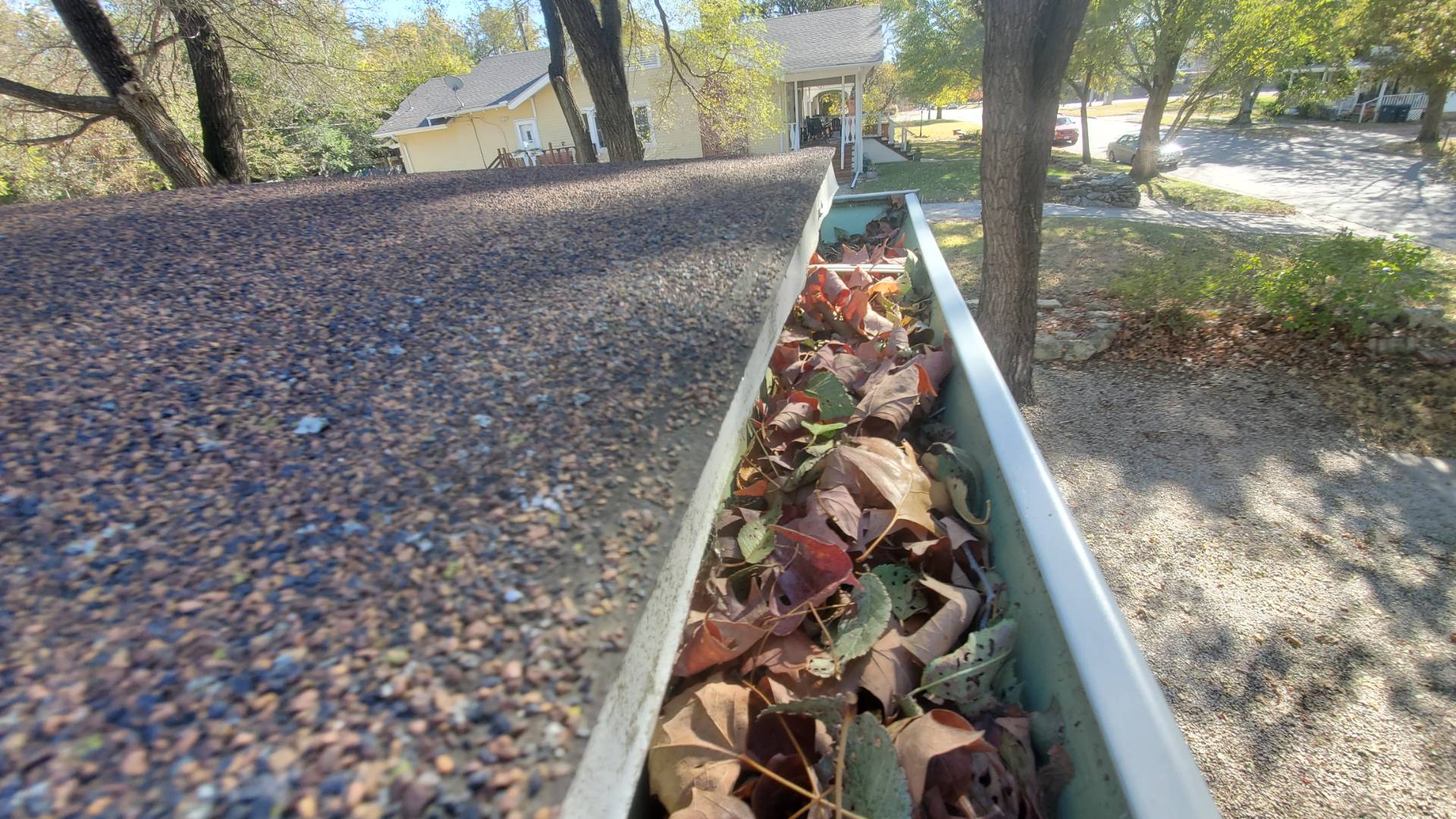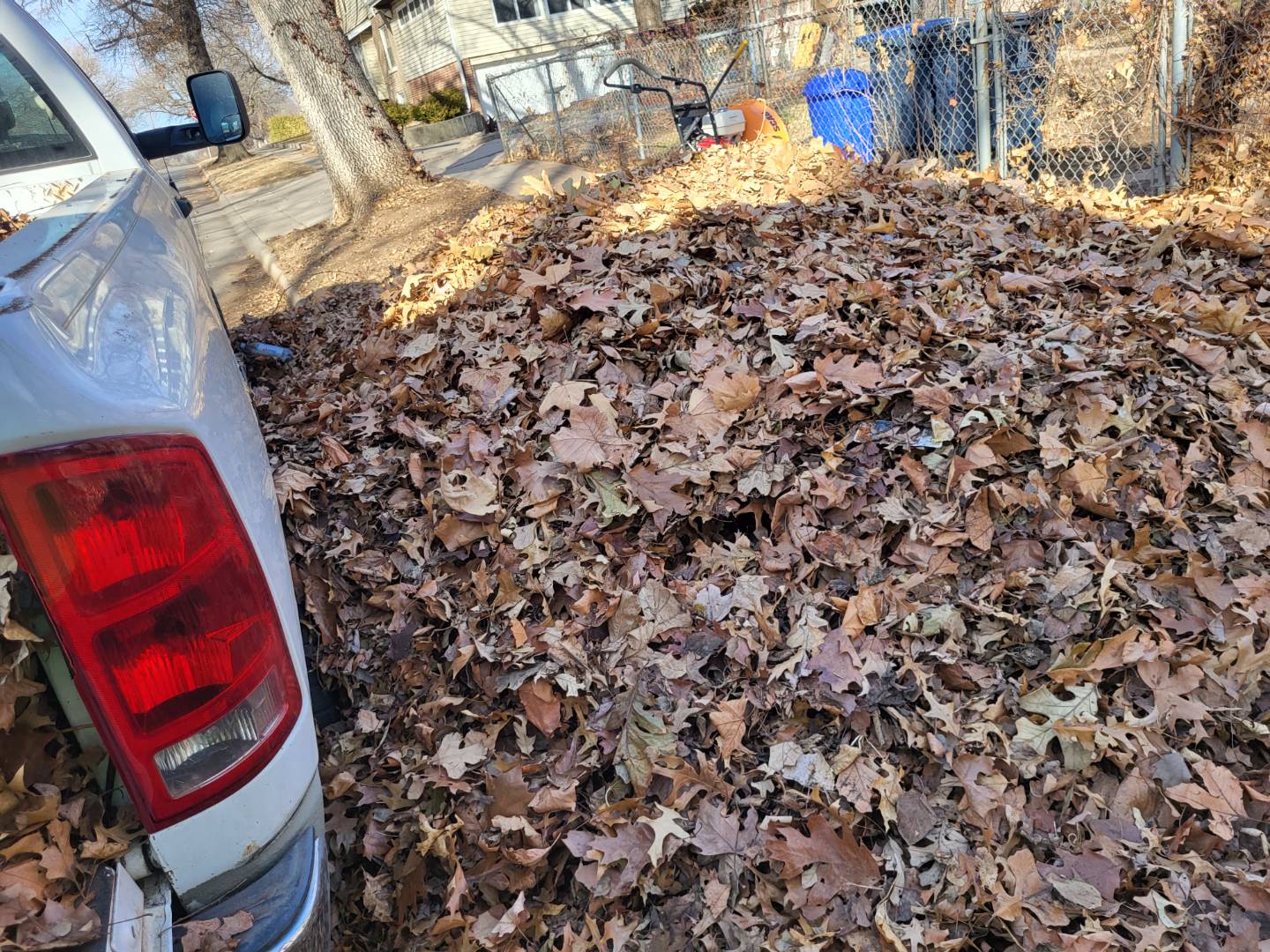Beyond Raking: 3 Fall Cleanup Tasks You Shouldn’t Overlook
Fall cleanups are a great way to say goodbye to the warm weather and hello to cozy nights by the fireplace. That said, you can’t have a cozy night until you’ve cleaned up your space: this is where fall landscape cleanups come in. It’s easy to remember the more obvious things you have to do, like removing leaves or wrapping your shrubs, but there are some things that often go overlooked that shouldn’t, like aeration, perennial trimming, and mulching.
Aeration During Your Fall Cleanup
Aeration provides many benefits: improved air exchange, better water and fertilizer uptake, stronger roots, reduced soil compaction, improved thatch breakdown, and better drought and heat stress tolerance. Essentially, it allows vital nutrients, water, sunlight, and oxygen to penetrate the root system, growing a lush, resilient lawn. Fall is a great time to aerate your lawn because the soil is warm and moist while the air is cooler, making for optimal grass seed germination. As temperatures cool, the roots grow more rapidly and store nutrients in preparation for the winter ahead. Aerating in the fall encourages grass root growth when the root structure is expanding the most. Fall aeration specifically helps grass prepare for winter by improving drainage, loosening soil, and storing nutrients. It also helps the grass recover from open divots before the first frost. For best results, it’s recommended to aerate your lawn in early fall, at least two weeks before the first frost, so that the roots will survive the winter.
Trimming Perennials During Your Fall Cleanup
In the hustle and bustle of your fall cleanup, it’s important not to forget about your perennials. Cutting them back promotes healthy growth, provides winter interest, supports beneficial insects, and maintains a tidy look. It is recommended that perennials be trimmed in late fall, preferably after a couple of hard frosts. Start by trimming browning or blackened foliage, bare stalks, broken branches, and diseased foliage. Note that if a perennial is diseased, you should cut the foliage all the way down to the ground and dispose of it far away from the garden. Then, trim perennials that produce leaves and flower stems from below the soil level to the soil level. You can also trim perennials that don’t remain attractive after the first frost. If you see perennials with new basal growth or stalks on late-emerging plants, leave them alone. The way you trim them is important. Use a knife, shears, secateurs, or bypass pruners (recommended) to cut the stems close to the crown or dormant base of the plant. Cut at a slight angle, leaving a 1-2 inch stub above ground. At this point, you can remove weeds and debris to prevent disease, rot, and infestation in the spring.Mulching During Your Fall Cleanup
Mulching provides nearly endless benefits for your landscaping, including water conservation, temperature regulation, weed suppression, improved soil health, erosion protection, and aesthetic elements like color or physical garden markers. Mulching the soil in the fall before the first snowfall provides organic materials that will break down into nutrients throughout the winter. This is crucial as your plants become depleted of nutrients during summer growth. It also protects earthworms from hard frost, and they must survive for a healthier soil biome. A layer of mulch also helps prevent spring weed growth. Airborne weed seeds will never reach the soil, and the weeds in the soil will be deprived of sunlight, choking them out and saving you time in the spring. Additionally, a layer of mulch keeps the topsoil from eroding during inclement weather and provides a layer of insulation to protect roots from the cold.
 (316) 435-3509
(316) 435-3509 office@divine-lawns.com
office@divine-lawns.com